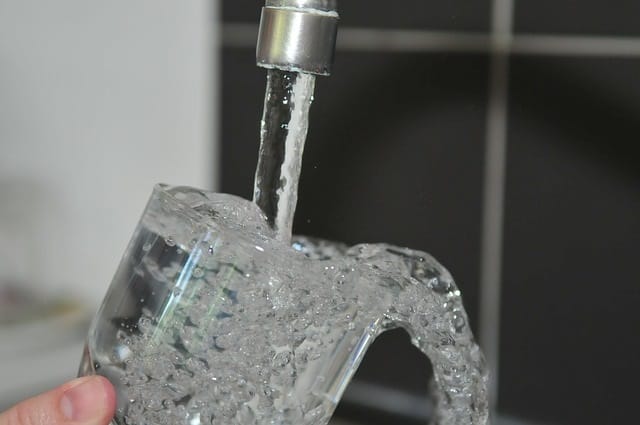
New York is notoriously proud of its tap water. But what happens when chemicals are discovered in the water that threaten its public health?
This is precisely the problem Governor Andrew M. Cuomo has faced since scientists used new analytical capabilities to detect several contaminants of emerging concern, including Perfluorooctanoic acid (PFOA), Perfluorobutanesulfonic acid (PFOS) (collectively, “PFAs”), and 1,4-dioxane.
First, as a refresher from our previous blog post, PFAs have been used in consumer products since the 1940s. While small amounts of exposure to PFAs are common, they do not break down easily. As a result, they can remain in the environment for an extended period. Studies have found that that higher level of exposure to PFAs can have health impacts on the development of liver and thyroid function, and create risks to developing fetuses, as well as causing several types of cancers. Read our previous blog post to learn more about where PFAs have been found and who may be most at risk.
What has the federal government done?
When it comes to new, broad risks, one expects that the federal government would step in quickly. However, even in better times, it would take the federal government some time to more fully understand the human health and ecological impact of any emerging contaminants. So far, the U.S. Environmental Protection Agency (EPA) has only published “health advisory” acceptable levels for PFOA and PFOS of no more than 0.07 parts per billion (ppb), or 70 parts per trillion, in combination with non-enforceable guidance documents. The federal government, therefore, has left it up to individual states to impose stricter requirements.
What does the NYS law currently require?
To ensure transparency with the public as new studies roll in, Governor Cuomo signed a law in October 2018 requiring the New York State Department of Health (DOH) to make information about emerging contaminant notification levels easily accessible through the DOH website. In addition, the DOH must post notification levels established by regulation as well as notification levels established by declaration of the DOH commissioner. The information provided must include basic water system information, including the system identification number, name and type, DOH contacts, public notices, violations, and enforcement actions taken by the State and federal government. DOH has also been tasked with making educational materials about emerging contaminants available to the public through an easily accessible link.
The new law also requires coordination with the EPA to ensure that the information available on EPA’s Drinking Water Watch website is available to public water systems and that information available on EPA’s Safe Drinking Water Information System is easily accessible by the public through DOH’s website. DOH must monitor and update the website and its links regularly.
Although not a regulation (yet), the New York State Water Quality Council recently recommended that DOH adopt the nation’s stringent maximum contaminant levels (MCLs) for PFOA, PFOS and the nation’s first MCL for 1,4-dioxane. The MCLs of 10 parts per trillion (ppt) for PFOA and PFOS, and of 1.0 part per billion (ppb) for 1,4-dioxane are being considered by the Commissioner for DOH.
Call the attorneys of Periconi, LLC at 212-213-5500 for more information on the emerging contaminants or if you believe New York’s new rule will impact your business.

